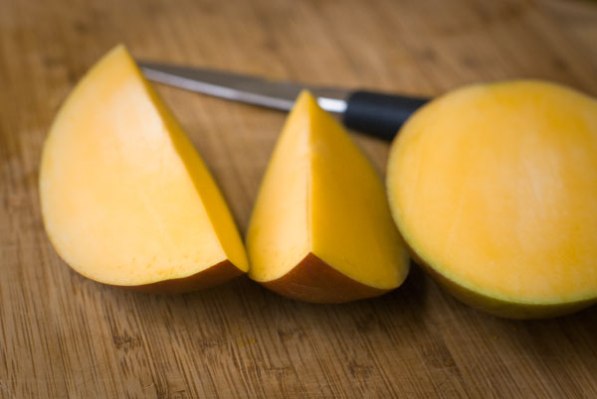Microsoft is looking to cut manufacturing costs on its Windows Phone 7 handsets, according to statements made by WinPho boss Andy Lees in Hong Kong today. The company has struggled through its push into mobile since the launch of the Windows Phone platform last year, which honestly made more of a ripple than a splash in the market.
Now that Mango is ready to emerge as a “third mobile ecosystem,” as Verizon CEO Lowell McAdams would put it, Microsoft wants to step up its volume, and cutting production costs seems to be the means to that end. Lees said Redmond is looking to cut manufacturing costs in half, taking them from around $400 per handset (which was the cost when the software debuted last year) to less than $200 per handset.
Strangely, though, Microsoft seems to be fine with the catch involved with cutting these costs. Due to Microsoft’s royalty structure, vendors pay the company for handsets based on a percentage of manufacturing costs rather than a fixed rate. If Microsoft can really bring its production costs down to less than $200, it may very well be making half of what it did last year per handset.
But for every goal, sacrifices must be made. And in the case of Windows Phone, profit isn’t necessarily the name of the game. Microsoft already makes plenty off of Android courtesy of patent royalty deals — in fact, last time we had specific numbers Redmond was seeing upwards of around $150,000,000 on Android from HTC alone, and that was before they signed a deal with Samsung.
In the words of Lees, the goal here is “volume, volume, volume,” reports Bloomberg. “We are supporting componentry that will allow us to go below $200.” But if volume is the plan here, there may be some other obstacles for Microsoft to worry about. In the opinion of some Windows Phone enthusiasts, namely Robert McLaws, vendors seem to push the iPhone and Android devices much harder than they market Windows Phone 7 handsets. McLaws even created a website dedicated to harping on retailers for poor WinPho sales.
If the issue McLaws outlines is, in fact, a real problem, perhaps volume (x3) coupled with the much-improved Mango platform will help turn the tide.
